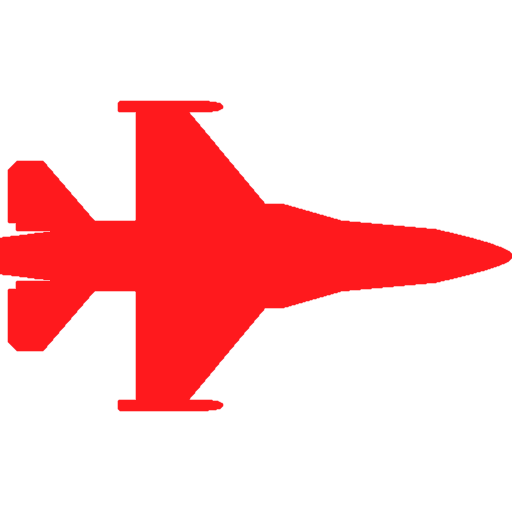I’m trying to get less bad at air combat, as I’ve traditionally just tried to move mud. It’s going ok, even if @Wes’s next of kin got a letter or two the other night (sorry again about the pitbull’s ![]() ).
).
In air combat I’m doing ok, as in merged and and within the < 10nm or so. What I was interested in was exploring a few of the typical strategies around BVR in a group of a couple of people, typically within DCS and the (for me) blue jets.
Note: There’s some really good info in here - Sim vs Reality Tactics so this is more about ‘cataloging’ and giving names to the various approaches.
So I’m at the stage where working with another pilot or two, there seems to be some obvious things to try. What I am lacking is the proper ‘names’ for these techniques (plus more of them). Here’s what I mean:
- Initial. Here we start off about 100nm apart:
- We get closer, no shots off as yet. Lead gets STT Locked.
- Whoever gets locked goes ‘cold’ and extends away at full burner. The other brackets right abeam 90.
- Once the bracketed for 20 seconds or so, turns in hot and shoots.
So that example is not because it is good, just more an example that (1) I want to give that thing a ‘name’, so we can quickly refer and use it and (2) I want lots more of these, with names and sequences I can practice. There are lots of ‘Art of the Kill’ BFM and ACM things, but a lot less unclassified BVR techniques. If such a thing exists then I’m keen to see it, i.e. videos or pdfs in this topic.
PS If useful to anyone, here’s the two graphics I just put down quickly in google slides and positioned, feel free to right-mouse and download:







